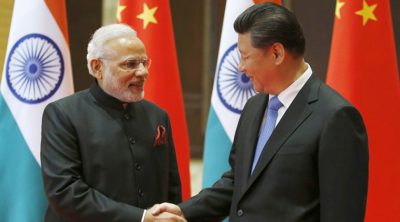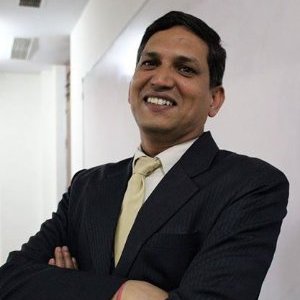By
Ratnesh Dwivedi
China and India are the two largest and fastest growing economies, not only in Asia, but in the world. These two countries share disputes on borders from 1962 but are not able to overcommit,yet their bilateral ties help them both in growth and solving their global issues.
China, being a very strong nation and the second largest economy in the world, is a country with its own rules and culture. Recent visits of Chinese Premiers to India has placed some hope of good relations between the two countries.
After a long struggle with western powers, China made its own position on the world economic stage. Contrary to western and neoliberal Chinese economists, China’s dynamic growth did not start in 1980. It began in 1950 when the agrarian reform provided land, infrastructure, credits and technical assistance to hundreds of millions of landless rural workers.
In 1980 the Chinese government initiated a great change in its economic strategy. For future decades it opened the country to large scale foreign investment, privatizing thousands of industries and setting a process of income concentration which was mainly related to recreating a dominant economic class of billionares linked to overseas capitalists. They held the strategy of borrowing technical know how and accessing overseas markets from foreign forms in exchange for providing cheap plentiful labour at the lowest cost. The Chinese opted for massive public subsidies to promote high capitalist growth. They ended subsidized public housing for peasants and provided funds to real estate speculators for the construction of private luxury apartments and office skyscrapers. China’s new capitalist strategy was based on the structural changes and the private sector going higher by huge public outlays. China have made great efforts to prove itself in the international market.
Similarly India has become the third largest economy in the world overtaking Japan. India has formal diplomatic relations with most nations. As India is the second largest producer of food it is experiencing a 9% growth each year in the primary sector. Secondary and Tertiary sectors are growing at the rate of 11 to 12%. The Government is trying to increase the ease of doing business in India which helps the growth of the manufacturing sector, therefore its international influence in global affairs is growing.
In the growth of India’s economy science and technology has played a vital role. India is becoming the world’s leading producer of computer software and in the production of Research & Development centers is experiencing a steady revolution in science and technology. As India has became the third nation that has a National space agency, ISRO, after Russia and the United States, it is proving itself a fast growing country.
India is a growing power and is trying to better relations with its neighbours. The new government of India is following their new strategy of the Act East policy. It has started with the PM’s visit to other east neighbouring countries like Myanmar, China, Japan, Indonesia, etc. Growing its relations with other neighbour countries is also a way of establishing its own position among the countries. A few months ago the visit of Chinese Premiers to India indicated an interest of the largest economic countries in trade and economic growth of eastern Asia via India.
Investing in India would be a matter of profit for China which is the main reason behind the growing good relations between the two. The recent visit of PM Modi to China gave birth to the signing of 24 Agreements. These agreements were based on the development of education, skills and development in the cities of India on the based ground of China. Such type of agreements can give a historical turn to the relations of these two countries.
By following agreements China and India had a great impact on each other and also on the world. China and India share lots of things in common. Both are highly populated countries in the world so they constitute 35% of the world’s population. If these two countries work together they can affect and develop 35% of the population of world, which will further help in the progress and development of the world.
As the largest GDP contribution in the world used to come from India and China, together contributing more than half of the world’s GDP, we can then estimate the world’s progress. Such cooperative relations can therefore bring drastic developmental change in the world.



No Comments Yet!
You can be first to comment this post!